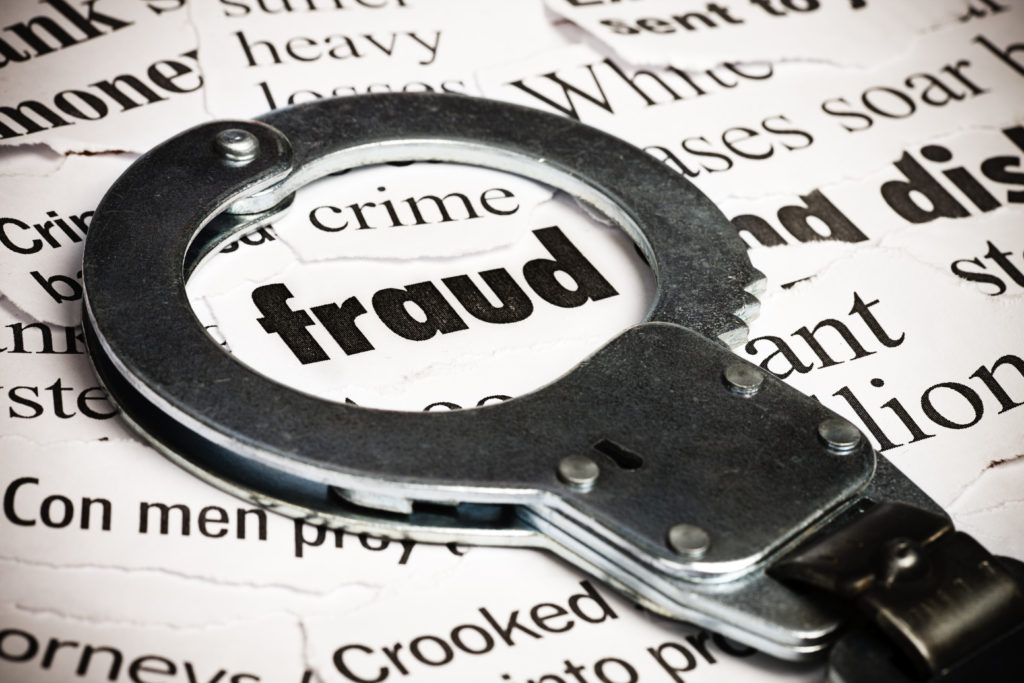Deductions for Ponzi Schemes and Other Scams


This column focuses on the tax aspects of Ponzi schemes, starting with a bare-bones explanation of how scammers fleece investors. Their modus operandi isn’t complicated: They pay some original investors artificially high returns with funds collected from subsequently conned investors.
The most notorious scheme is the one orchestrated by Bernard “Bernie” Madoff, who confessed to both of his sons in 2008 that his firm was a massive Ponzi scheme. Madoff’s multi-billion swindle defrauded investors out of more than $50 billion in total. Madoff’s sons went to the authorities, and Madoff died on April 19, 2021, while serving a sentence of 150 years––the maximum possible prison sentence for securities fraud and other charges.
But did the relentless media coverage of his financial crimes and ensuing severe punishment deter credulous investors from recklessly seeking sky-high returns? Nope. Investors looking to get rich will continue to be victimized by Ponzi schemes like Madoff’s and similar swindles.
That’s why it’s crucial that accountants and other tax professionals familiarize themselves with IRS guidelines that authorize relief for clients who are scammed. Fortunately for those clients and other bamboozled investors, the IRS isn’t indifferent to their plight. The agency unexpectedly released guidelines that markedly loosen previous restrictions on relief for victims of investment scams. Those guidelines are spelled out in Revenue Ruling 2009-9 and Revenue Procedure 2009-20, which explain what kinds of relief are available when scammed investors discover their losses.
Safe Harbors
The IRS provides optional safe harbor procedures that establish specific limitations for investors who can rely on them to ensure favorable treatment or avoid unfavorable treatment. Ruling 2009-9 clarifies the tax rules for Ponzi-type losses, while Procedure 2009-20’s safe harbor provision is used to determine the years in which losses occurred and simplify loss computations.
Most importantly, the guidelines specify that the IRS doesn’t treat these types of investor losses as capital losses deductible in accordance with limitations imposed by Internal Revenue Code Section 12ll. The agency says these investors’ funds weren’t invested; rather, they were stolen. Therefore, these losses are deductible as theft losses in accordance with Code Section 165. This clarification isn’t a distinction without a difference. Among other things, it enables investors to sidestep evidentiary problems.
Whereas defendants in criminal trials are presumed to be innocent until proven guilty, the burden of proof in tax disputes is generally on taxpayers, not the IRS. Court decisions and IRS rulings acknowledge that criminal convictions of perpetrators aren’t required to establish that the losses at issue were attributable to thefts.
Still, it’s often difficult for investors to determine how much evidence of theft they must submit for their write-offs to be considered theft losses. For instance, the IRS bars theft losses for shareholders who suffered losses in the value of their stock due to the fraud, misappropriation or other misconduct of corporate officers or directors.
I am reminded here of New York Times reporter Charles Delafuente’s wide-ranging columns on changes in the tax laws, for which he frequently contacted me to get a quote. Our conversations often veered away from taxes, focusing instead on how to maneuver through an imperfect world. For his article on Feb. 8, 2009, Delafuente asked me for some words of caution for investors in hedge funds who had taken big losses the previous year. My response?
“Just because an investment goes sour, that doesn’t mean there was a theft. It could just be a lousy money manager.”
What’s Next
Part two of this column will focus on more highlights from the IRS guidelines that authorize tax relief for investors whose money has been stolen by scammers.

